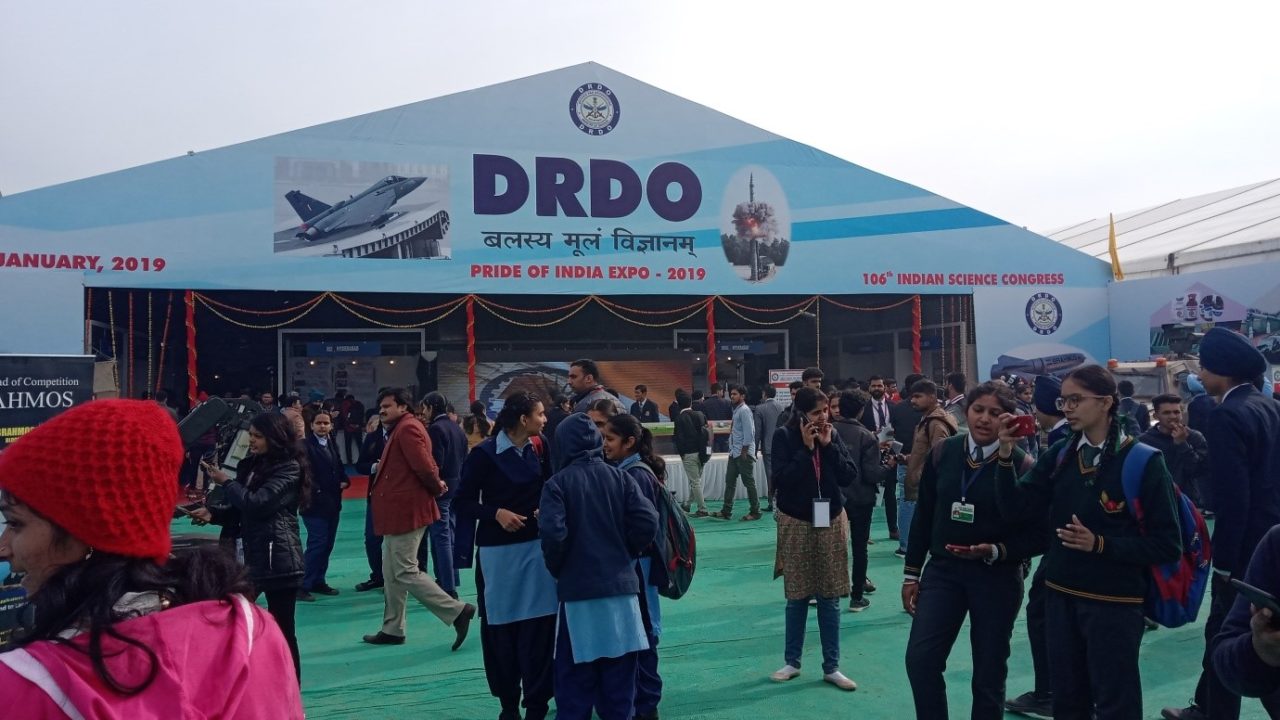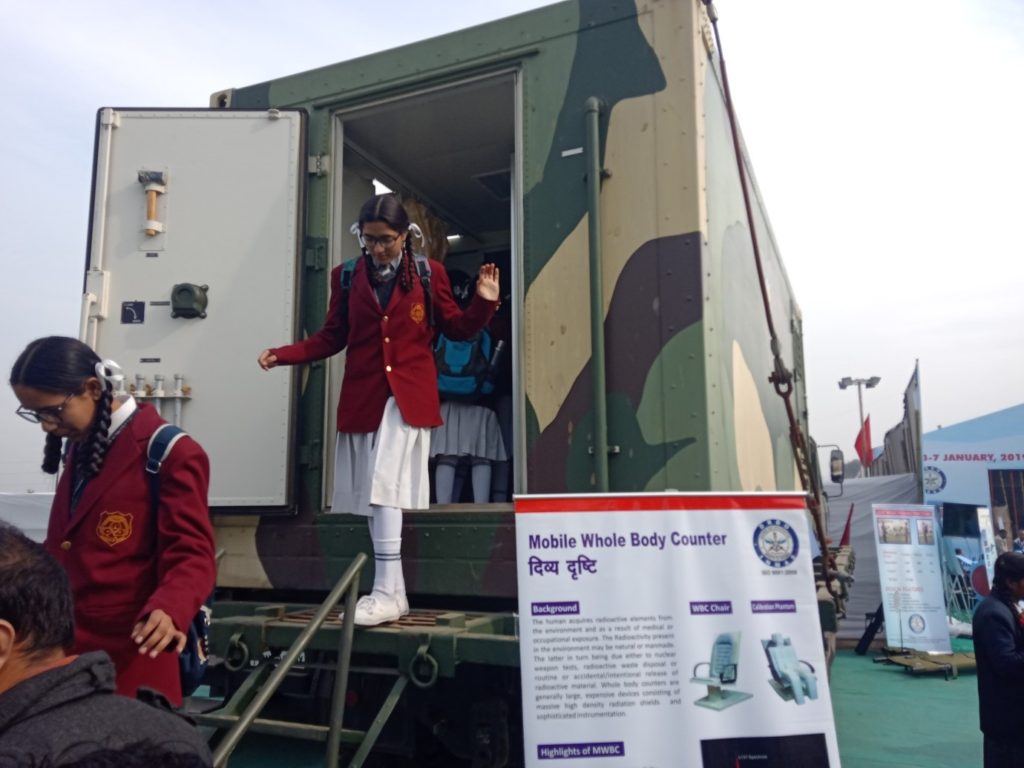
DRDO Develops Quick Response Mobile Facility for Nuclear Incidents
- News
- 2K
With threat perception of terrorists using weapons of mass destruction increasing, the Defense Research and Development Organization (DRDO) has developed a mobile facility to help provide immediate relief in case of any attack involving radioactive material.
The key equipment in the facility includes a whole body radiation counter, storage system for containment of radioactive waste and provision for preliminary decontamination of the affected areas.

Whole body radiation counters are generally large and expensive devices consisting of massive high-density radiation shields and sophisticated instrumentation. The new facility helps to avoid the handicap and at the same time provide a quick assessment of the nature of the radiation contamination and its extent. The facility offers the possibility of containerized transportation by any mode while providing high-resolution analysis of the contaminants.
A truck-mounted prototype is on display at the `Pride of India’ expo set up as part of the 106th session of the Indian Science Congress, which is underway here at Lovely Professional University. It was one of the major attractions at the expo, with children and adults, who are attending the conference, making a beeline and clambering up a steel ladder put up at the rear of the truck to have a glimpse of the facility.
Speaking to India Science Wire, Director General (Life Sciences), DRDO, Dr. A.K.Singh, said it takes just about 15 minutes to measure the radioactivity concentration per person and is a field compatible standalone system.
The DRDO, he said, was also working, among other things, on developing low cost polyhouses to help improve crop quality and productivity in border and other remote areas as part of an exercise to provide for better supply of fresh vegetables, fruits and other food articles for army and other paramilitary forces deployed in those areas, besides improving the socio-economic condition of the local population,
“Presently, polyhouses cost about Rs. 2 lakhs to Rs. 3 lakhs and are based on aluminum and other materials. Our aim is to use bamboo and other locally available material and bring down the costs to about Rs. 25,000 to Rs. 30,000. We are working to develop polyhouses of different sizes to cater to needs at individual, family and community levels”.
Noting that the main agenda of the life sciences division of DRDO was to develop life support technologies to improve combat efficiency, he said DRDO scientists have designed a state of the art backpack with a capacity of 90 kg with a facility to even stow away a rifle. “Indo-Tibetan Border Force has tried it out and they were happy with it”.
Among other things, special types of gauzes and gels have been developed to handle bleeding injuries better and have been tested out by the All India Institute of Medical Sciences “Our goal is to enhance the health and well-being of the soldiers even in extremes of environmental and operational conditions, strengthen the man-machine interface through human factors engineering, and boost the morale and motivation of troops”.
Asked about the problems that have been found with regards to the biodigesters that were developed by DRDO and were used by railways and other agencies, he said that corrective measures are being taken. “The problem was not with the technology. It had to do with their implementation.
For instance, the working of the biodigesters depended upon the kind of bacterial cultures that were used and their quantity. The norms were not been followed properly. In many cases, there was overloading of the system. We are in touch with user agencies to ensure that the correct procedure is followed”. (India Science Wire)
By Sunderarajan Padmanabhan
If you liked this article, then please subscribe to our YouTube Channel for the latest Science & Tech news. You can also find us on Twitter & Facebook.


